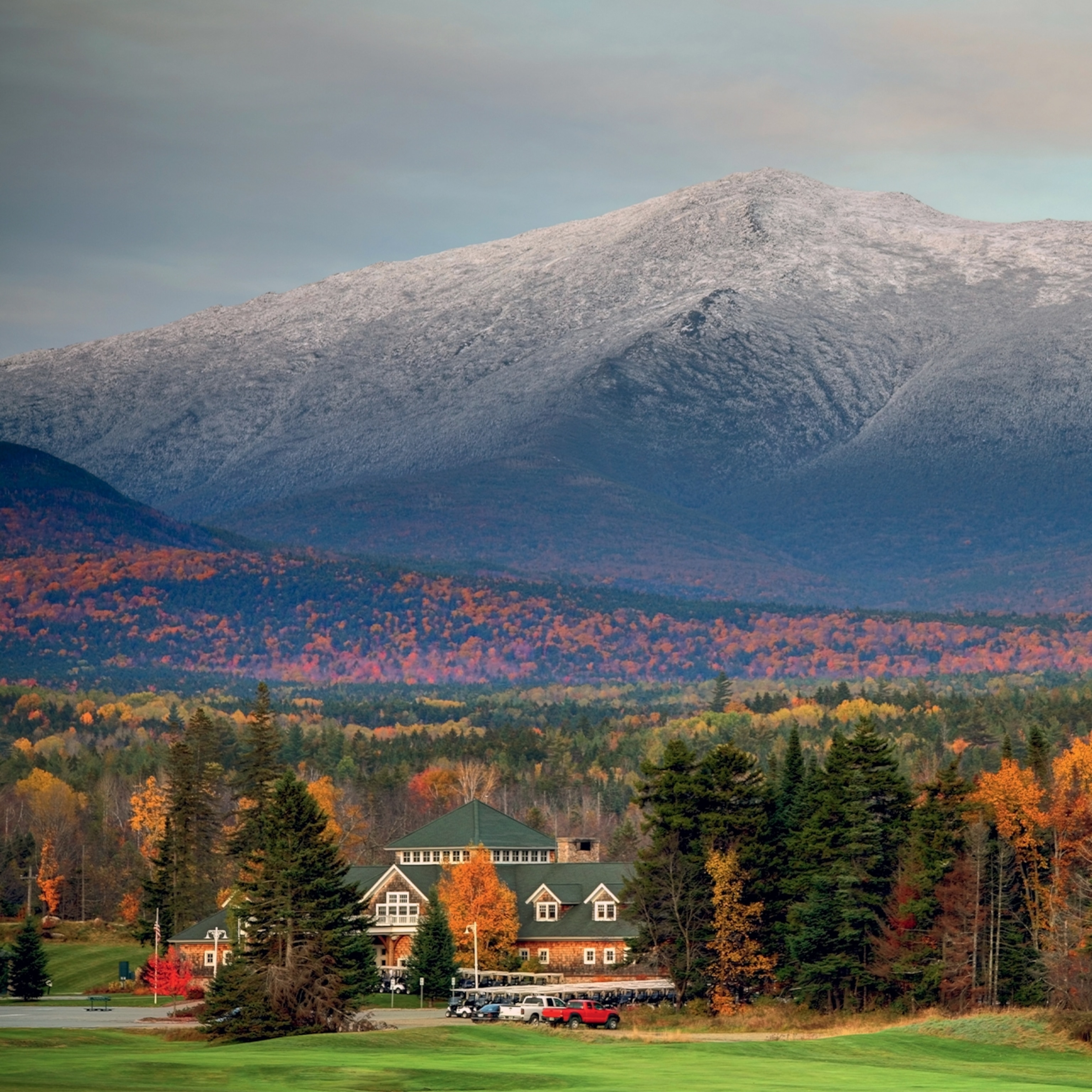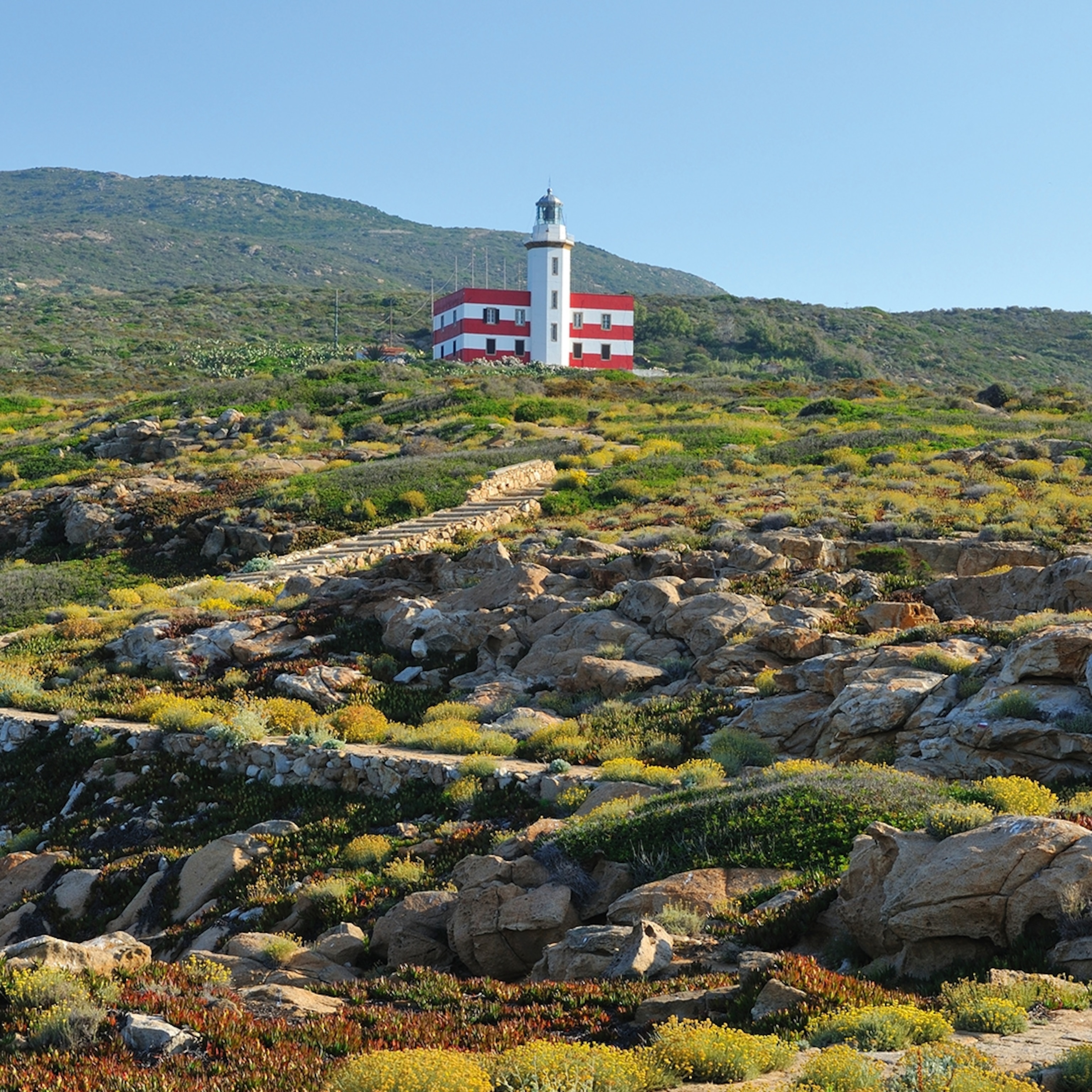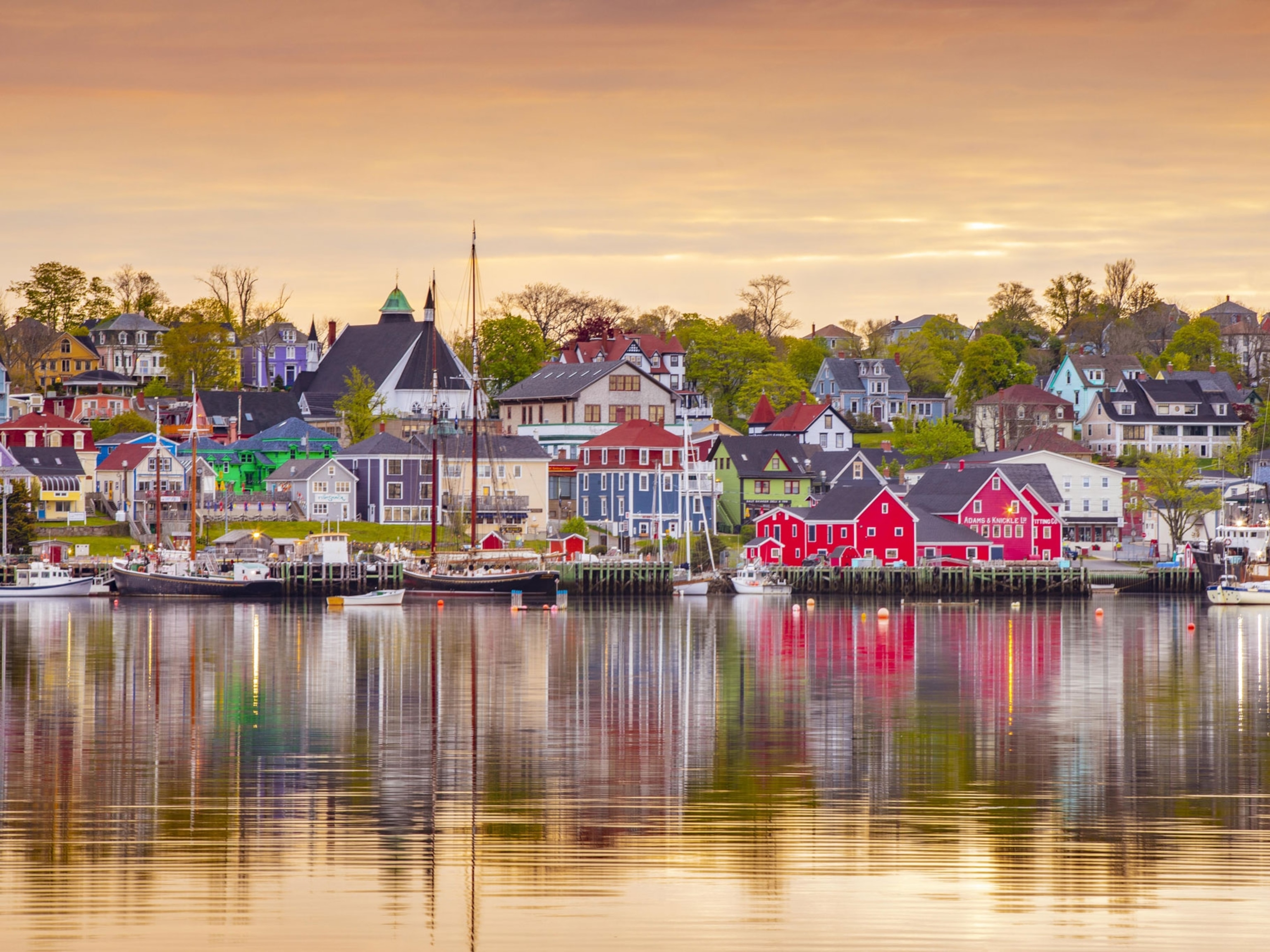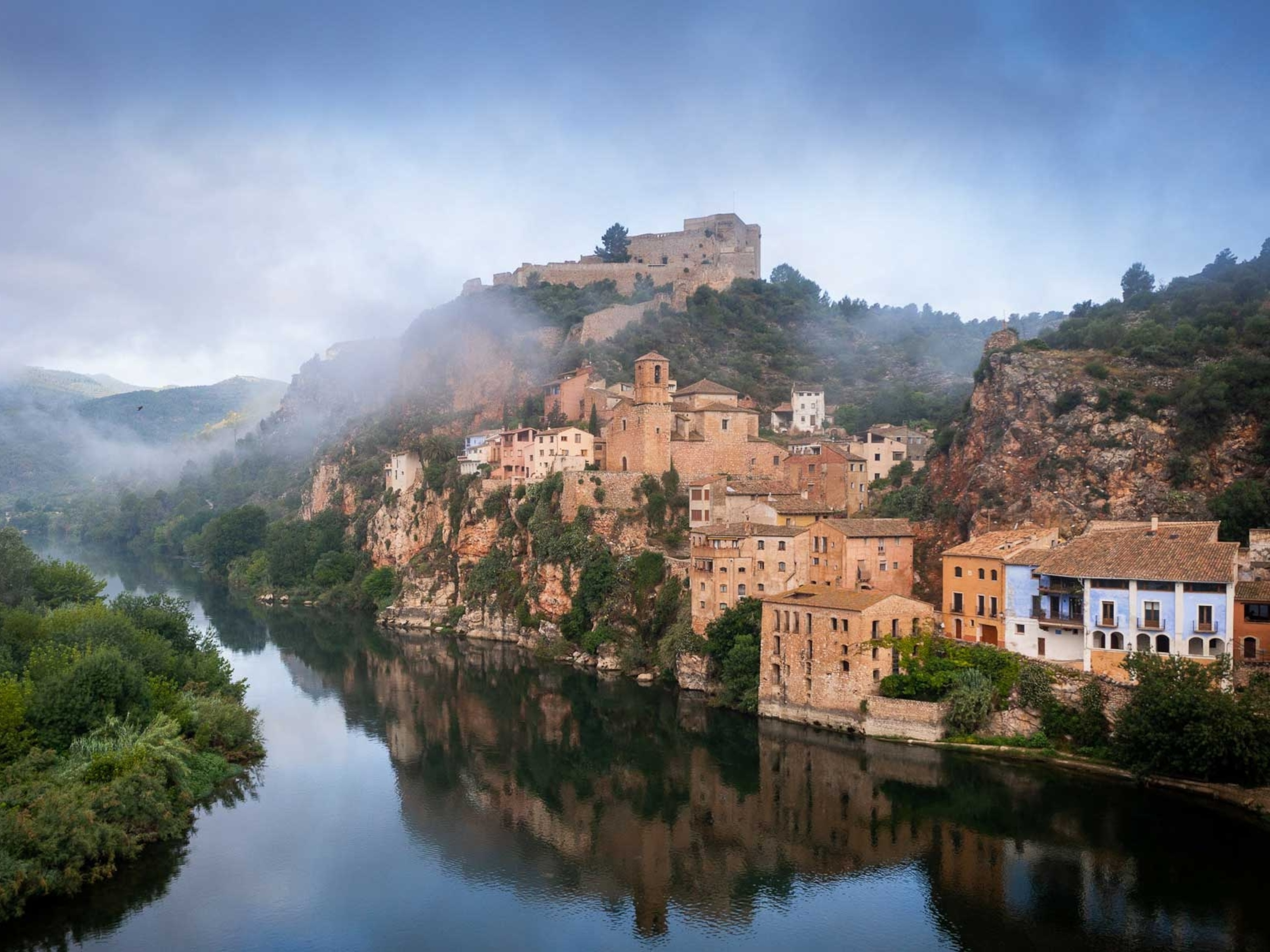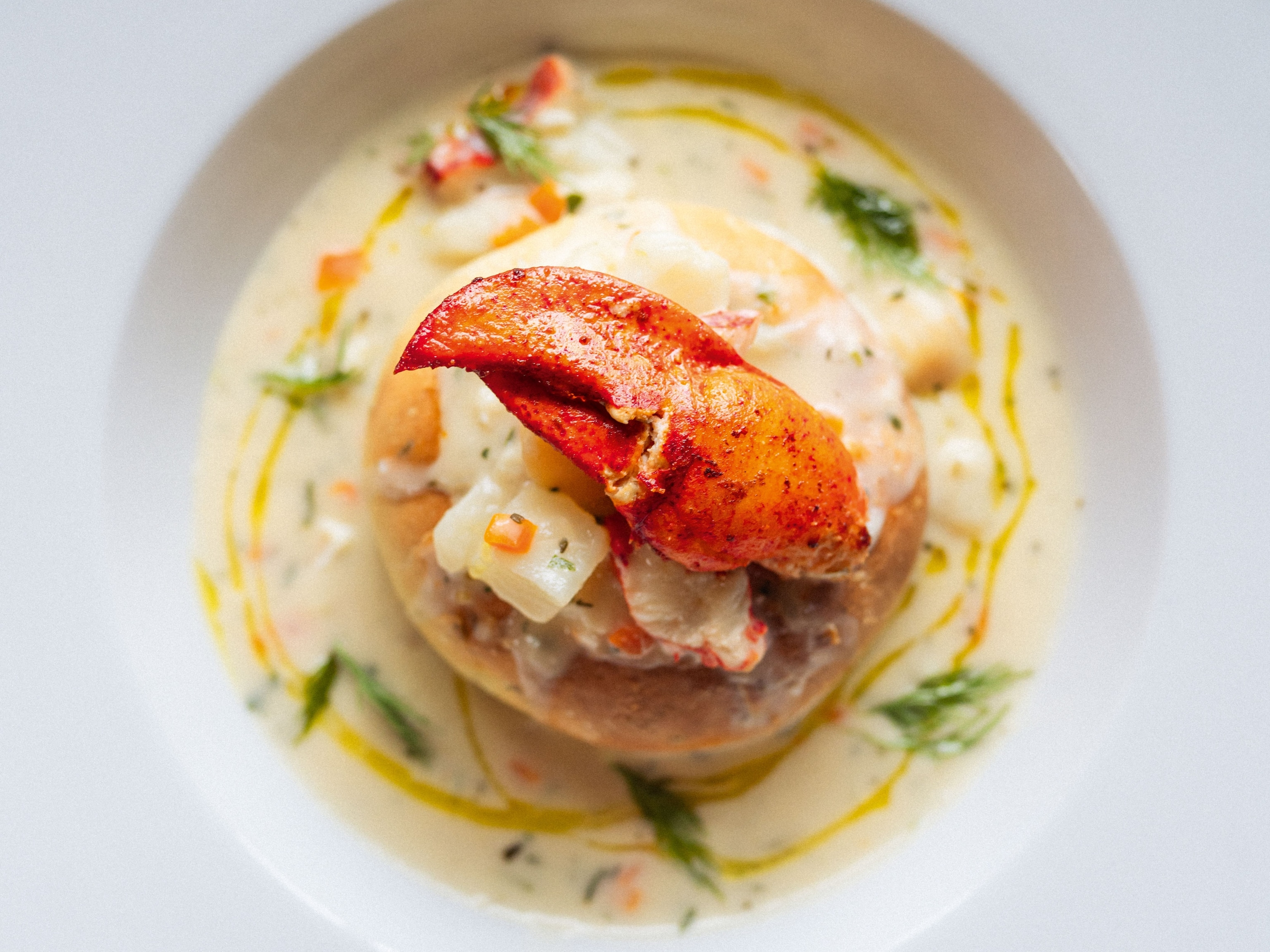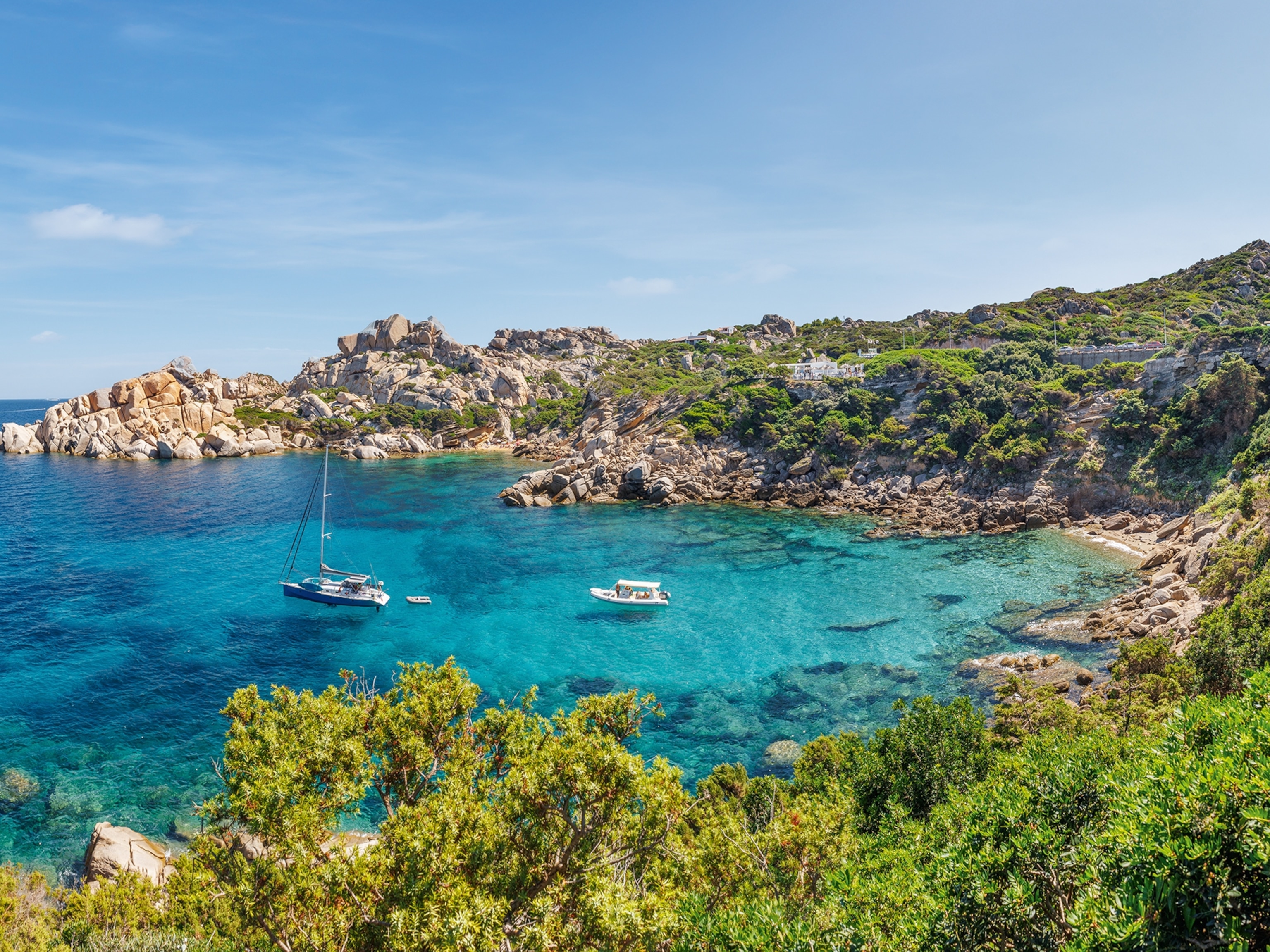Lobster, lighthouses and sea breezes on a road trip in nautical Nova Scotia
A road trip through southwest Nova Scotia takes in semi-mythic lighthouses, lobster boat fleets and lively harbour towns where daily life is still defined by the ebb and flow of the Atlantic.
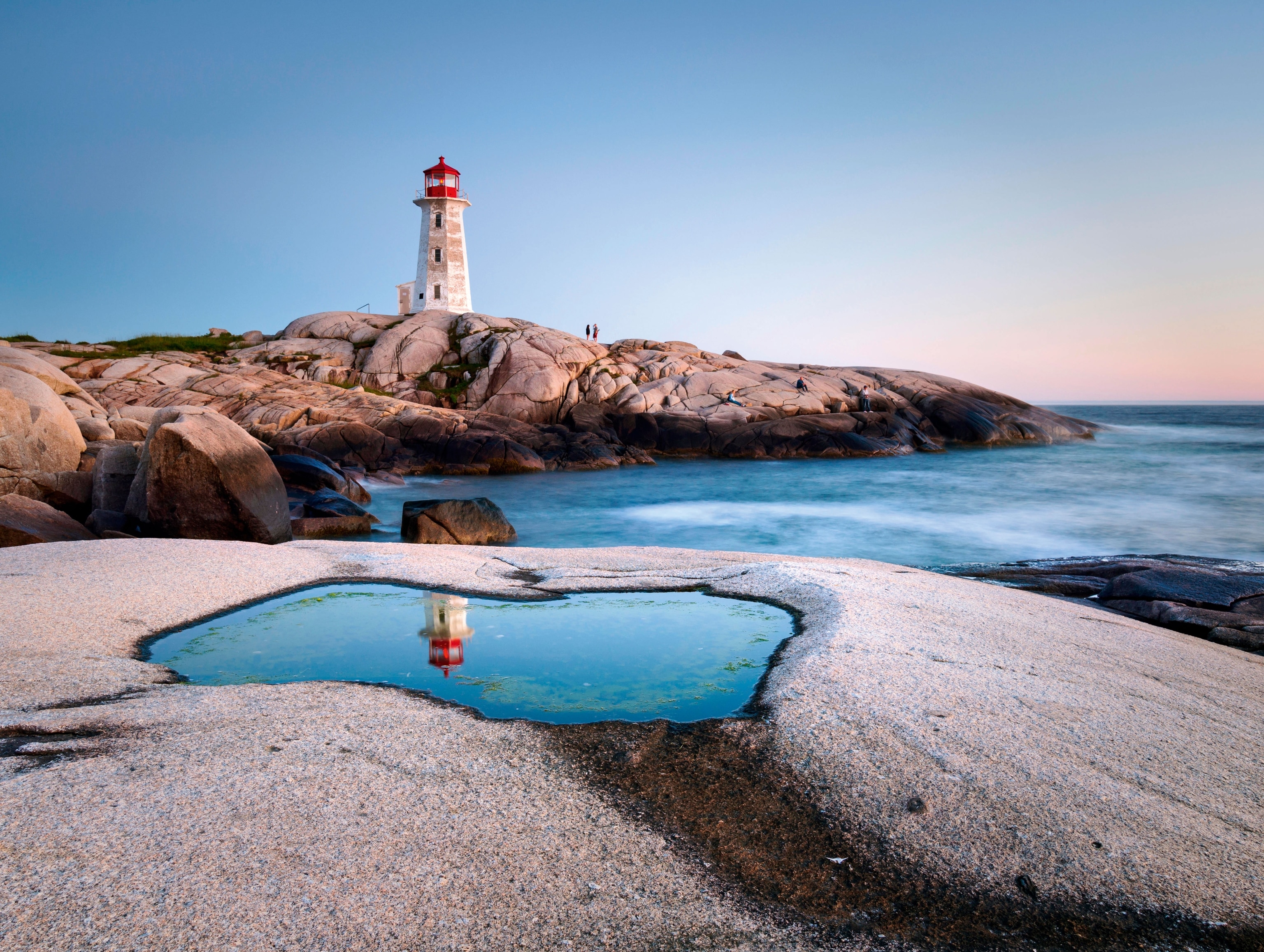
As the road hooks around the southern tip of St Margarets Bay, the silhouette of Peggy’s Cove Lighthouse comes into view. The beacon surprises travellers on the coastal highway, inspiring simile with its appearances: it’s a gigantic chess piece, a wine decanter, a jack-in-the-box popping up unexpectedly at road’s end. To me, it shows up like a saltshaker on a table of rocks, overlooking the wrinkled cloth of blue sea beyond — a fitting beginnng to a road trip through the seafood haven of Nova Scotia.
The southwest of the province is a place of pilgrimage for lighthouse enthusiasts, with many of the most beautiful examples on the Atlantic. Where the tide is sucked and squeezed between the peninsulas of Halifax and Yarmouth, lighthouses peer out in ivory white and maple red, still alive with light despite the passing of years. You’ll see them when you pull over — markers for a drive along one of Canada’s most meditative roads, from Peggy’s Cove to Cape Sable Island, 160 miles down the coast.
I’m here in late spring and the commercial lobster-fishing season is finishing up along the eastern seaboard. Nova Scotians live in an alliance with the ocean — the province produces the sweetest, most in-demand crustaceans this side of the Atlantic — and lobster pounds (casual restaurants where lobsters are stored and sold live) are as common as creaky wharves and yawning bays. It’s a nautical landscape alright. Shops sell oilskin smocks next to stalk-eyed cuddly toy shrimps and sea-themed tea towels. Mesh-framed lobster traps sit outside houses, looking to the uninitiated like horizontal postboxes.
The towns here pay tribute to Nova Scotia’s seafaring history, a feeling that pervades UNESCO-listed Lunenburg, the coast’s most determined time capsule. As June Davidson, of Lunenburg Walking Tours, tells me the next morning, it’s a place made rich on salt-cured cod, and was known to the area’s First Nations Mi’kmaq as Āseedĭk, ‘the land of the clams’. Streetlights are adorned with metalwork swordfish, barb-chinned cod and red snapper, all hinged in illuminated procession. Diners at a seafood shack eat takeaway lobster on picnic tables, purring over its quick costume change from claw and tail to pinky-white flesh.
“The story of Lunenburg is one of transformation, of the European farmers who immigrated here and turned to the sea for survival,” says June as we walk past old merchants’ mansions, with mansard roofs, portal windows and scalloped trims. “It became the busiest and wealthiest port in Canada because the land couldn’t sustain their needs.” The immigrants, June explains, took to harvesting the sea’s abundant natural larder, the result of rich fishing grounds and offshore banks between here and the region of Labrador, to the north.
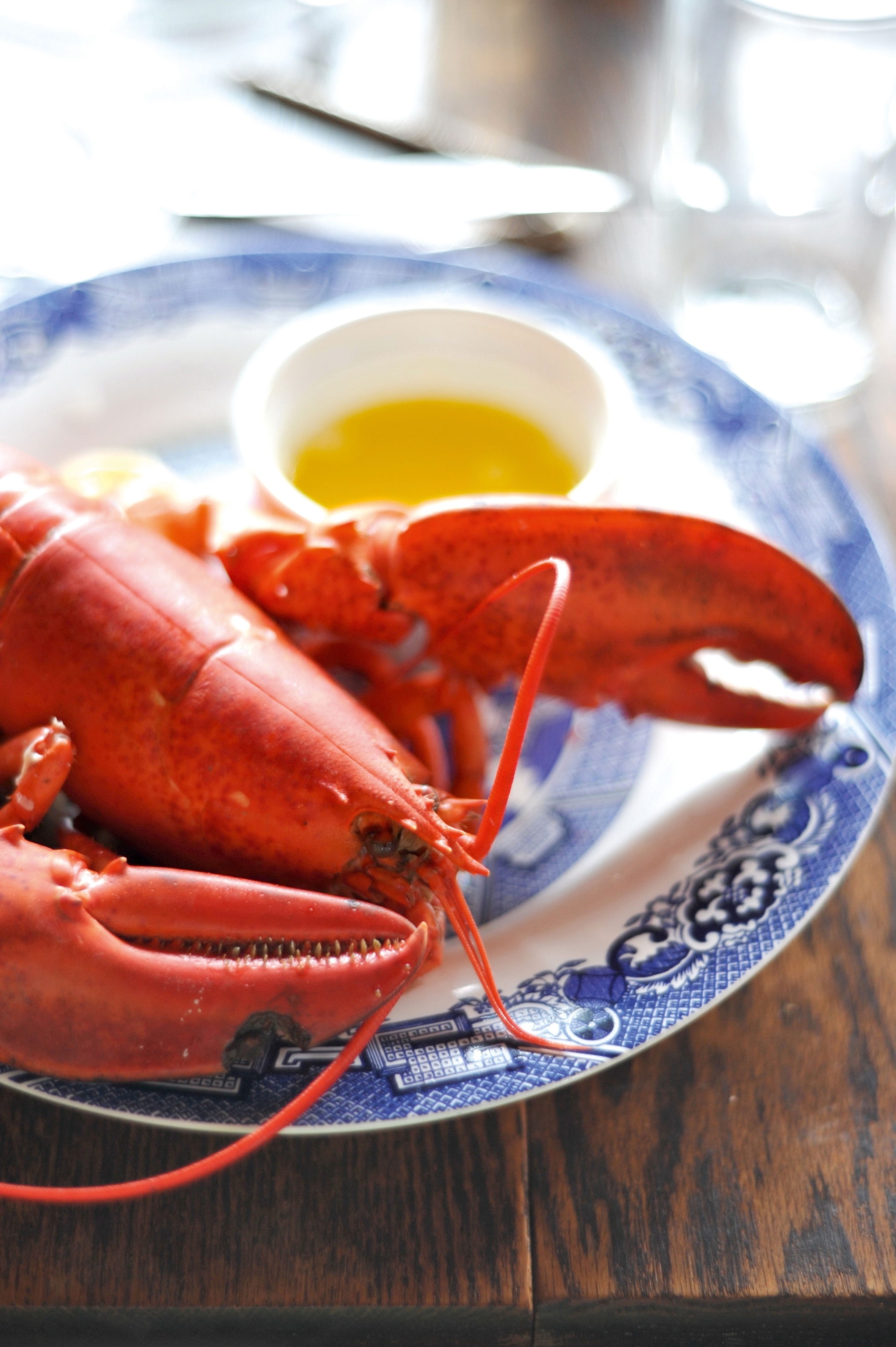
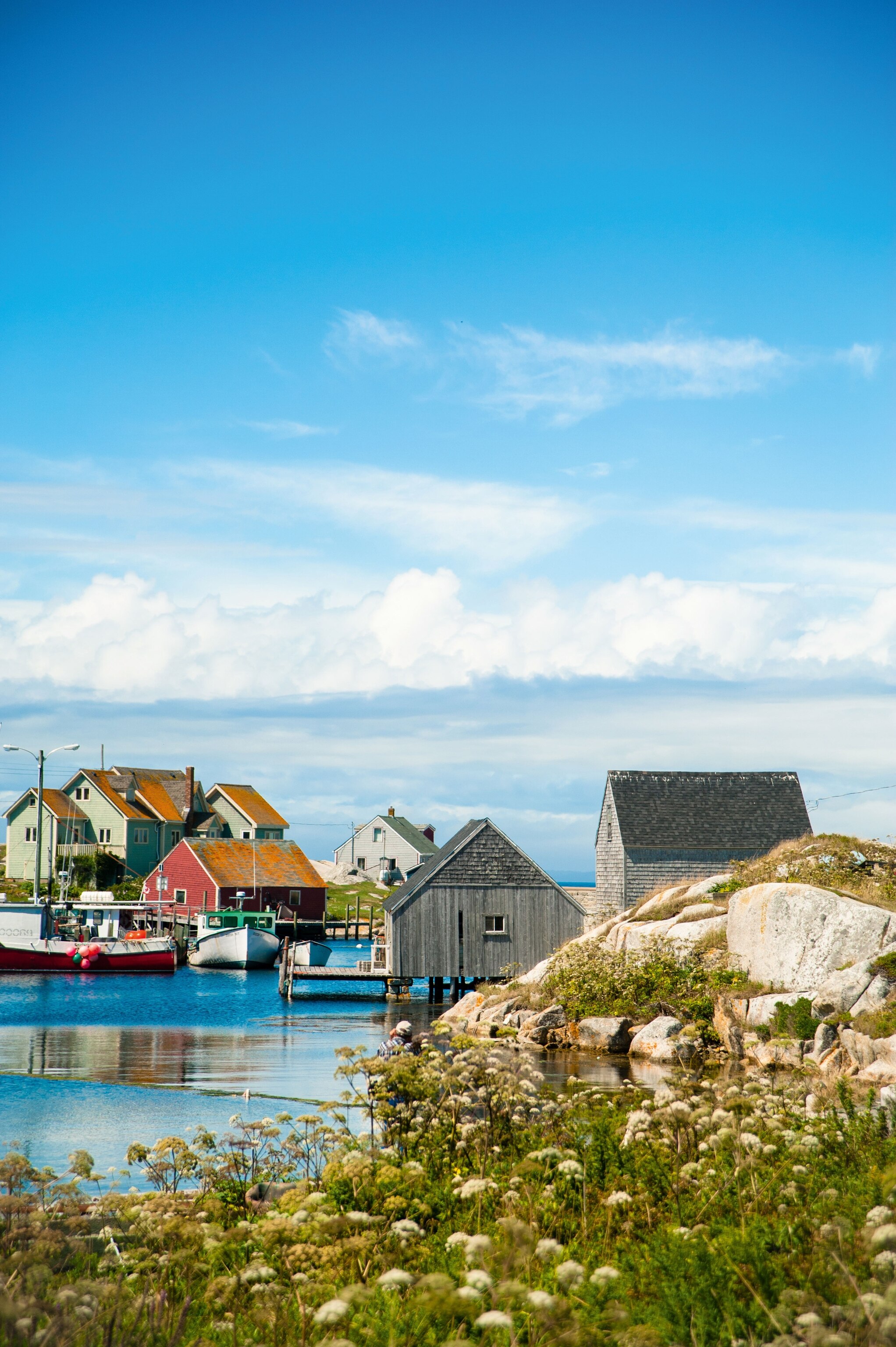
It’s a hard story to picture now. Schooner captains have reinvented themselves, slipping anchor for sunset cruises, and only 20 ocean-going vessels remain. Taking pride of place among them in the harbour is the Nellie Row, with the first all-female crew in Canada. Later, I taste the fruits of their labour at Grand Banker, a quarterdeck of a seafood pub. I try a Lunenburger lobster burger, topped with an avalanche of claw meat and harpooned with a scallop.
About 100 miles farther along the coast past slapping sea and shell-cut beaches, Barrington, not far from Cape Sable Island, is the self-styled ‘world lobster capital’, home to a thriving fishing industry. Visitors remain a relative novelty this far south in Nova Scotia, a place of rusting boats and clapboard cabins. Every old sea dog seems to know each other, and arriving feels like walking into a Popeye the Sailor Man vignette.
The town is home to the Old Court House, a museum of salty artefacts, including an exhibit where you can learn the art of the lobstermen by ringing a plastic crustacean with a spring-loaded rubber banding gun. “Careful with those pincers, or it’ll snap your finger like a pencil,” wisecracks Samantha Brannen, manager of the Barrington Museum Complex, who acts as my guide.
Tradition is being celebrated in other ways at the museum and afterwards Samantha takes a seat at a vintage hand loom. She presses down the treadles, teaching me to read the banded cloth being woven at her fingertips: scarlet red celebrates lobster; deep blue expresses the moods of the ocean; mustard yellow is in memory of those lost at sea. “Put these colours together, and it’s not simply a neat synthesis,” she says, introducing the criss-crossed Cape Sable Island fabric. “It’s an ode to the province’s Scottish roots, honouring our maritime heritage — as well as one of the world’s newest tartans.”
On a final drive south across Barrington Passage to Clark’s Harbour on Cape Sable Island, I find more maritime history: MacMullen Oil Skin Factory, Captain Kat’s Lobster Shack, Clam Point and The Salt Banker, the latter serving a creamed lobster on toast. The road’s end leads to a beach muddled with driftwood and a view across Hawk Inlet to the southernmost point of Nova Scotia. I squint in the fading light to see Cape Sable Lighthouse, this one like an upended ice cream cone. A dessert, I chuckle to myself — an appropriate farewell.
Frontier Canada offers a 14-night Lighthouses and Hidden Treasures of Nova Scotia self-drive tour from £2,985 per person, based on two sharing. Includes return flights with Air Canada from Heathrow, accommodation and car hire.
This story was created with the support of Nova Scotia and Destination Canada.
To subscribe to National Geographic Traveller (UK) magazine click here. (Available in select countries only).
